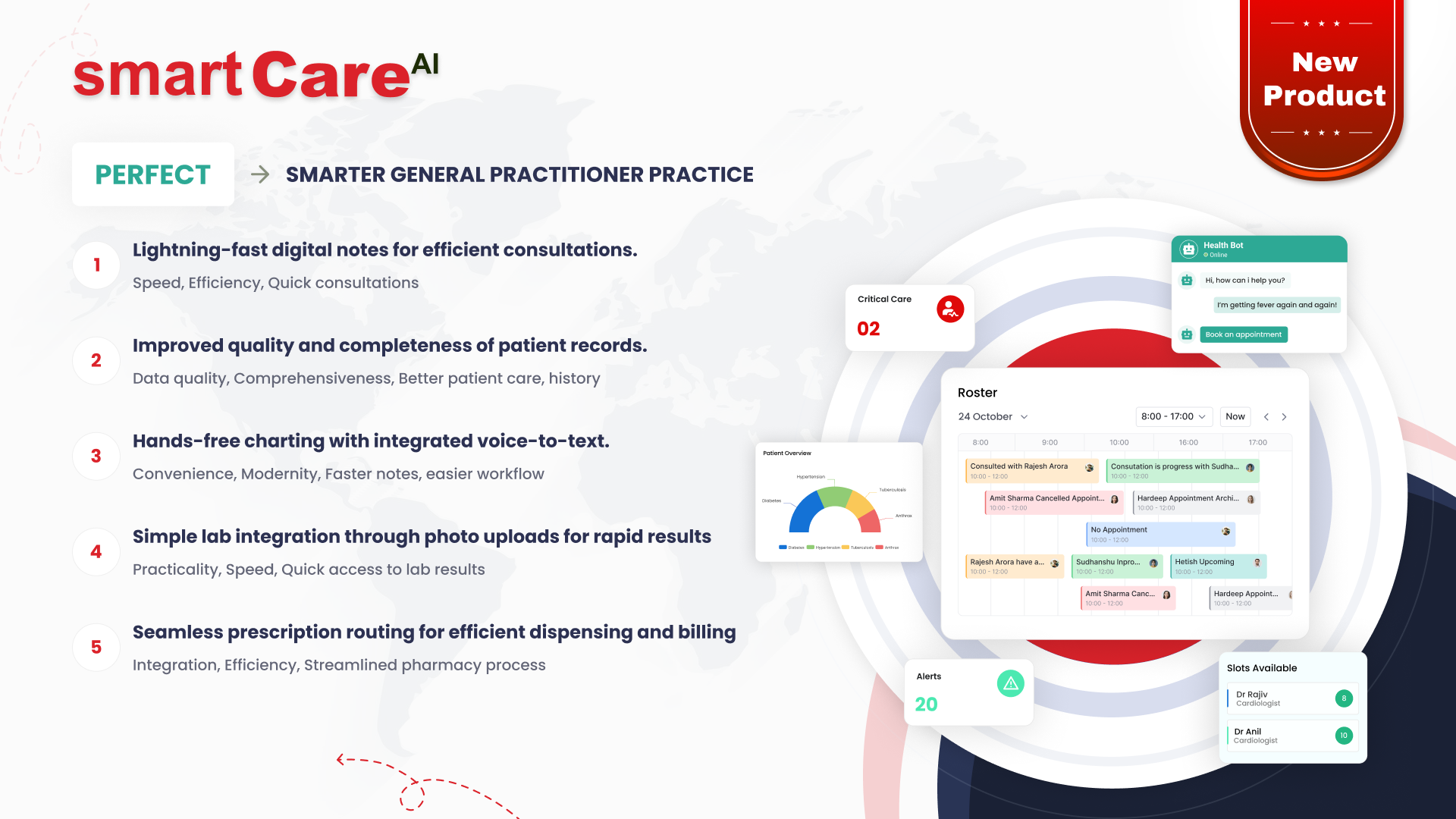
Posted On March 28, 2019
Why Social Sourcing Is the Future of Talent Acquisition?
A typical talent acquisition strategy used to look like this: Employers would put out notices that they were hiring to their current employees and ask for referrals. Managers and human resources would have to rely on their employees to find great candidates, which could take months on end and result in a loss of energy and resources.
Today, the recruiting process has changed significantly thanks to advances in modern technology and hiring practices. Social sourcing, in which employers use social media sites like LinkedIn, Twitter and Facebook to find employees, is an important talent acquisition strategy in 2019.
Social sourcing is widespread
Social sourcing is a recruiting solution being utilized by companies big and small. According to Job cast, 94 percent of businesses use social sourcing to find candidates, and 73 percent of them have hired an employee through social media. Forty-two percent report that since they have used social sourcing, candidate quality has improved. The most common place to look for workers is LinkedIn, followed by Facebook and then Twitter.
As social media becomes more integral to our daily lives, social sourcing will only continue to increase. For companies that jump on board now and make it a main part of their recruitment plans, there are multiple benefits that will help you stay competitive in today’s employee-driven talent economy.
Connect with today’s workforce
Millennial’s are the largest share of the workforce in the United States. To appeal to the 53.5 million 18 to 34-year-olds working today, you have to be actively using social sourcing as your recruiting solution. By ensuring you have a presence on LinkedIn, Facebook and Twitter, you have the opportunity to find the best of the best in this generation.
Automatically find and reach candidates in their network
Employers are always building networks and talent pools on social media. Doing so through their recruiting tools enables them to automatically and seamlessly locate candidates within their networks. Posting a job opening on social media enables companies to cut out the middleman, and attract outstanding people already within their circles, or directly reach out to candidates. This cuts down on time and resources and allows employers to schedule interviews quickly.
Up the curve: 8 phases of workplace learning
While change and disruption are often leaderless, in order to leverage on the many shifts that our world of work is undergoing and to truly drive adaptation and adoption, a leader is required. But how can an organization ensure workplace leadership learning? A recent research by Skill soft points out that better leadership can improve productivity (by eliminating 5-10% performance drag), boost customer satisfaction (by 3-4%) and lead to better turnover (with a difference of 32%).
What leadership means today? And what are the practical ways of making leadership learning available with a focus on leadership development and designing high impact programs? An understanding of the phases of learning can play a key role in identifying the problem.
The 8 phases up the learning curve
Workplace learning, like any other aspect of the work environment, can be understood, implemented and measured better, if looked at as a process – a machinery that needs all its parts to function just right.
The phases can be enumerated as the following actionable steps:
Prepare: This is the first introduction that the learner has to the project. It primes the learner with the objectives, processes and goals. While this stage might require some hand holding, it is in preparation to allowing more freedom.
Communicate: This involves providing the learner with all the information that s/he might require. The kind of communication used is crucial because if it is not engaging enough, it would lead to a deflection of the learners’ involvement.
Demonstrate: Showing the learners how to go about the new process allows them to see how all aspects of the environment interact and enables vicarious learning.
Practice: Experiential learning increases engagement by creating a process that is more immersive, allows hands-on understanding and demands participation.
Check: Feedback is the key to improvement and it is always wise to take a step back and assess progress before plunging into the next round of learning.
Support: Learning needs to be corroborated by physical and virtual support that enables learners to make the most of the curriculum.
Coach: Expert advise from mentors and coaches to have relevant experience adds a lot of value to learning processes and also brings in a note of credibility that eventually leads to assurance and belief in the process.
Connect: To ensure that the learning is applied often and pondered upon, conferences and other means of social connect help by improving dialogue, sharing and collaborative thought.
Success in driving a workplace learning program depends on an understanding of why learning fails – it’s necessary to identify the key stakeholders and design an impactful learning program. Measuring the impact is another challenge area that needs attention. Leading & Development teams need to work towards creating effective program goals and success criteria.
